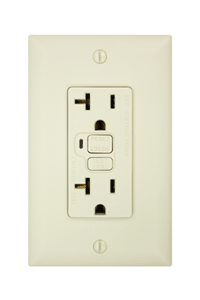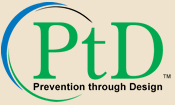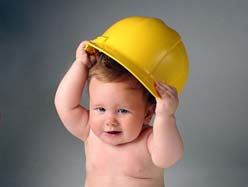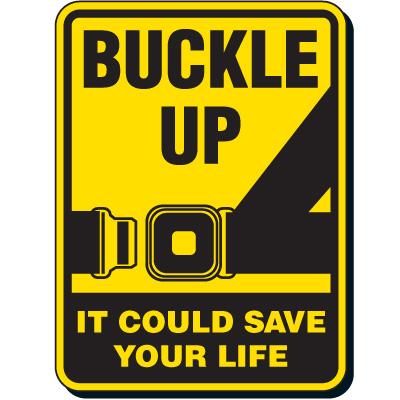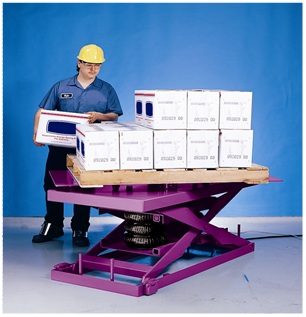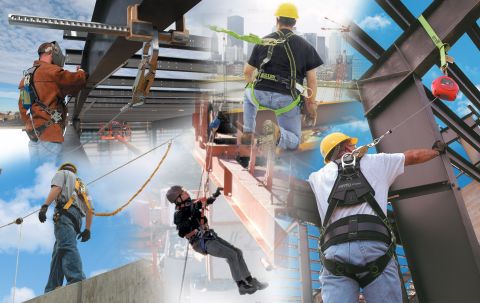An arc-fault occurs when loose or corroded connections make intermittent contact and causes sparking or arcing between the connections. This translates into heat, which will break down the insulation of the wire and can be the trigger for an electrical fire.
Unlike a short circuit, that is a hot wire coming into contact with a ground or neutral wire, arcing may not trip the circuit breaker. If you’ve ever heard a switch buzzing, hissing, or popping, you’ll know what I’m talking about. In order to protect your home, an arc-fault circuit interrupter can be used to detect just such a problem.

